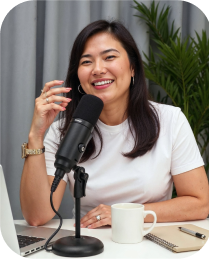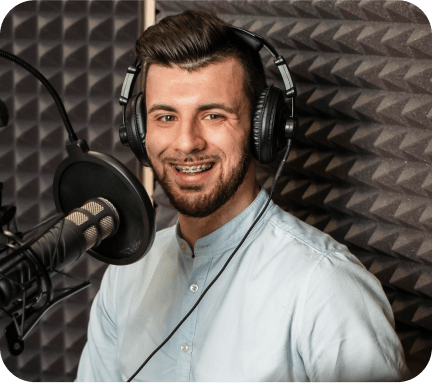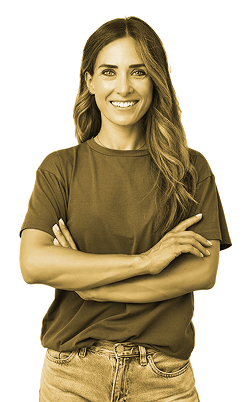Find the best australian accent english voice actors
Over 1 million voice over jobs completed
Voice123 is the top choice for professional voice over services. Trusted, top-quality voice actors around the world.






Top Voice Acting Categories
Listen to voice actors in popular voice over styles
More Voice123's results for australian accent english voice actors
Prefer custom auditions?
post a project
Use the most trusted voice over network


Communicate & negotiate directly with voice actors

Trusted by 2 million voice actors worldwide

Hire additional services: translation, editing, writing & more!


Secure Payment service that’s global and hassle-free
Choose a voice over service
Voice over services to suit your needs, from self-service to full production

Try full audio production

A-to-Z total management

Guaranteed production

Dedicated Acc Manager
Try AI Voice Overs – Made by Voice Actors
Perfect for projects in a hurry, revisions, pickups. Negotiate and collaborate with voice over talent directly.
Success Stories
Loved by our clients
![]()
“It’s a nightmare to source and manage voice talents from scratch, especially when it comes to contracts.
Voice123 made it much easier for us to handle artists overseas.”
S.B
Product Manager

![]()
“Your extraordinary work throughout multiple projects is greatly appreciated, and
you have truly made challenging tasks seem easy!”
E.S
Production Manager

![]()
“We do direct management to expand my team’s presence in the new market,
but Voice123 makes it easier for us to scale the business.”
Product Manager
TTS Company

Join thousands of clients who trust Voice123 for all their voice over needs
join for free >Discover the power of voice acting

Not sure where to start?
Let us help you.
By clicking ‘Contact Me,’ you consent to Voice123’s use of your data under our Privacy Policy.




